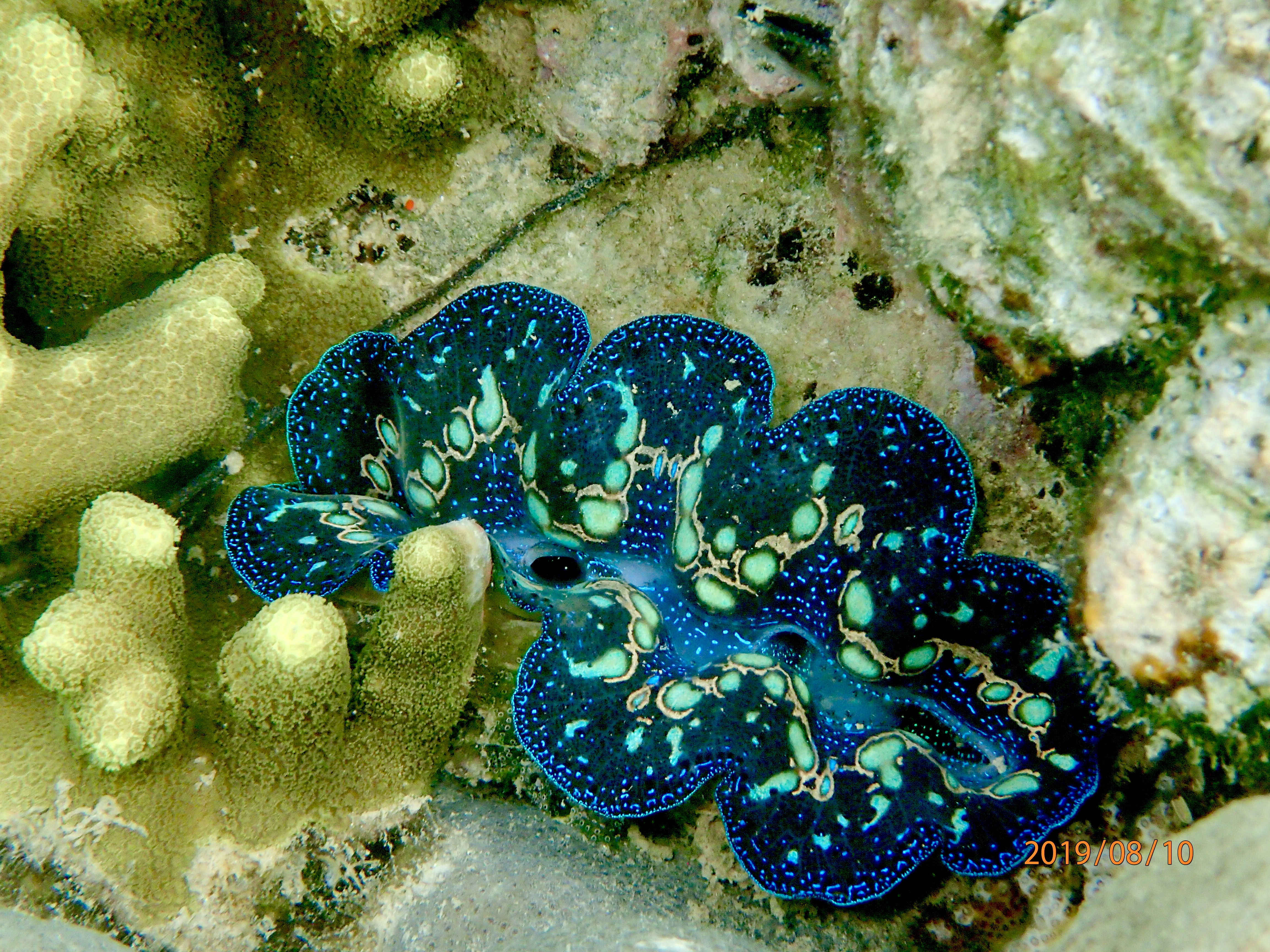Long JA, Mark-Kurik E, Johanson Z, Lee MSY, Young GC, Min Z, Ahlberg PE, Newman M, Jones R, den Blaauwen J, Choo B, Trinajstic K. Copulation in antiarch placoderms and the origin of gnathostome internal fertilization. Nature. 2014 Oct 19. doi: 10.1038/nature13825

Sea cucumber, anemone, penis, vagina—objectively speaking, genitalia are odd things that would be quite at home among the curious inhabitants of intertidal pools. Moreover, given the strangeness of sex, the practice might as well have arisen from the mysterious depths of the ocean. All animals reproduce, but not all have to do so through penetration. Many marine and aquatic life forms reproduce through “external fertilization”, releasing their eggs and sperm into the water column hoping for the best. Others like sharks come together and fire their biological cupid’s arrows directly into their mates in the ultimate act of passion known as “internal fertilization”. Most terrestrial animals use internal fertilization as a means to protect egg and sperm from desiccation.
Whatever, however, scientists long ago arrived at the rather rigid conclusion that internal fertilization could only have arisen from its willy-nilly counterpart external fertilization, and never the other way around. However, a new study by Long et al. published in the journal Nature has shaken up the curious world of people who study these things by showing that external fertilization may have evolved from internal fertilization in the most recent common ancestor of the placoderms, ancient progenitors to, among others, bony fish, birds, reptiles, amphibians, author, and reader.

Reproductive structures had previously been reported in “recent” placoderms of the arthrodiran and ptycodont varieties, but were considered to be specialized derivatives of external reproduction. Therefore, Long et al. set out to show the original sin, so to speak, in the placoderms arose in the earliest of ancestors, the antiarch placoderms. Were this to be true, it would imply that lack of reproductive structures in later placoderms arose from evolution from internal to external fertilization, and that internal reproduction in present-day (extant) species might be the more primitive form of reproduction.
Long et al. examined intact fossil specimens of the approximately 400 million-year-old antiarch placoderms Michrobrachius dicki from the fossil record, and original samples from Scotland, China, Estonia, and other sites. Sure enough they found a “clasper-based” system for internal fertilization among antiarch placoderms. On the outer lower parts of the backsides (posterior ventrolateral) of males they observed a pair of “bony claspers,” modified pelvic fins featuring a central groove, presumably a tract to facilitate transfer of sperm.

Unlike ordinary pelvic fins, which serve as a fish’s rudder, the claspers appear to be “sutured” and, therefore, immobile and non-functional as pelvic fins go. Similarly situated, in female antiarchs of the genera Michrobrachius and Pterichthyodes, they observed a pair of “dermal plates,” blade-like structures featuring a canal, likely for receiving sperm. Closing their eyes and using their collective imagination, Long et al. envision a male and female placoderm drawing near and latching on to one another, clasper to plate, in a side-by-side mating ritual (artistic rendition depicted above).
To illustrate the evolutionary implications of their findings, Long et al. constructed a family tree (also known as a phylogenetic tree) building on previous morphological data from the fossil record. In addition to reinforcing the notion of “jawed vertebrate” (gnathostome) ancestry, their tree shows that “bony claspers” first arose in the earliest placoderms (antiarchs), implying reversion to external fertilization with the loss of claspers in more recent “crown gnathostomes.” Advanced antiarchs, which have reduced skeletons, may have evolved cartilaginous forms of claspers (as opposed to bony structures that would survive in fossils), explaining why some extinct species may seem to have reverted mysteriously to external fertilization on the basis of fossil records. However, to explain external fertilization in the living supposed descendents of the placoderms, Long et al. propose that at some point in the storied history of fertilization, some gnathostomes reverted from internal to external fertilization. Alternatively, they offer that the well-supported natural history of evolution of gnathostomes would have to be plucked from the branches of the evolutionary tree thrown in a bucket, given a good shake, and summarily re-organized—no faint task given the painstaking descriptive cataloging that goes into making such trees.
As to why it is that evolution would choose to turn fertilization inside out—who knows? Perhaps it just makes life a little easier.
Abrahim is a PhD student at Scripps Institution of Oceanography in San Diego where he studies marine chemical biology.

